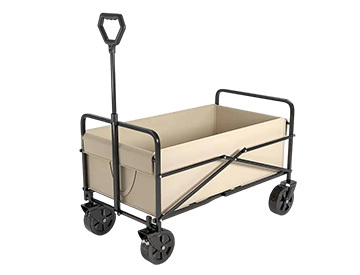How to maintain a tent properly
The autumn and winter seasons have arrived, and the cool weather is difficult to stop the mood of outdoor friends who want to run away.
The outdoor tents that accompany their friends on a journey to the four directions, some have been used for 3 or even 10 years and are still brand new, while others have sporadically used them a few times, and the equipment has long been unrecognizable. When camping outdoors, if the tent gets dirty or gets wet in rainy weather, if it is not properly cleaned and stored, it may face problems such as mold, damage, and even scrap.
The maintenance of equipment is more important than purchasing it, and keeping the tent clean is the real beginning of camping.
1. Effectively clean outdoor tents
After camping, a simple inspection and cleaning of the tent should be carried out.
Firstly, cleaning a used tent can result in sand, dust, resin, and even bird droppings sticking to it. Secondly, it is necessary to clean the floor nails, support rods, wind ropes, and other accessories. Therefore, it is necessary to check both the inside and outside of the convertible for the above stains, and if so, perform corresponding cleaning.
If stains are found on the tent, it is best to wipe it clean with cold water. Stubborn stains can be cleaned with mild cleaning agents. Do not use excessive cleaning agents such as toilet cleaner and kitchen cleaner.
The fiber textile materials used in the tent have strong stain resistance. Care oriented cleaning products such as hand sanitizer, dishwashing detergent, or laundry detergent can be used with a cloth to wipe. When cleaning, be sure to clean the detergent thoroughly, especially the mesh tent, otherwise it will reduce the service life of the outdoor tent. After cleaning, remember to air dry the tent and wait for it to completely dry before proceeding to the second step.
Do not use a washing machine or dryer to clean and dry the tent. High temperatures and continuous rotation and tapping can excessively stretch and tear the fabric, causing irreversible damage to the tent's fabric, zippers, and waterproof performance.
2. Ensure that the tent is completely dry
In addition to effectively cleaning the tent, it is also necessary to ensure that the tent is completely dry. If it is not completely air dried, the tent is prone to moisture, mold, and odor.
If not cleaned, the tent will accumulate bacteria and produce an unpleasant odor over time, which will cause great inconvenience for future use. Moisture and mold can also damage the waterproof coating, causing it to degrade and become sticky, resulting in irreparable damage. Therefore, before storing the tent, it is important to ensure that it is completely dry, otherwise it is prone to mold and cause the tent to smell and degrade.
If there is enough space, the tent can be left open indoors or outdoors in a cool place to dry. If there is not enough space to place the tent, it can be hung high and placed in a ventilated area for drying.
3. The best storage method for tents
After the outdoor tent is completely dry, it is not necessary to fold it according to the original pattern. If folded multiple times according to the original pattern, it will harden the creases and cause cracks, and also damage the waterproof pressure strip.
The fabric and support poles of a tent require a loose environment for long-term storage, so using a storage box or larger storage bag can reduce the weakness of the tent caused by excessive tension, thereby extending its service life.
Related News
One-stop service
OEM & ODM
Provide a brand new technological experience for indoor and outdoor home furnishings, furniture, home appliances, and energy.

Address:NO. 228, Binkang Road, Binjiang District, Hangzhou City, Zhejiang Province

E-mail:sales@gomarsvilla.com







